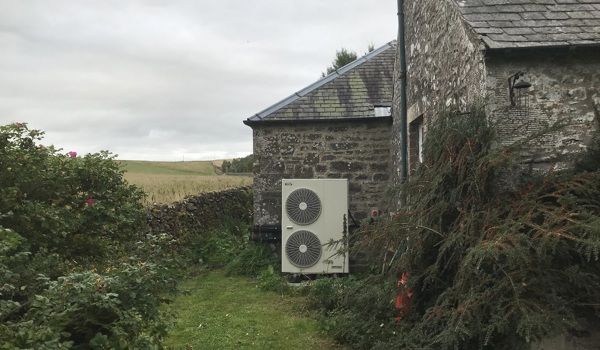Heat Pumps
How do heat pumps work?
How do heat pumps work?
Heat pumps are a low carbon heating option and may help reduce your energy bills.
These pumps capture heat from outside, move it into your home and transfer it to a heating circuit. It is then distributed around your home via radiators, underfloor heating or warm air ducts.
The main difference between a boiler and a heat pump is flow temperature, which is the temperature of the water in your radiators. For a heat pump this is around 30°C to 50°C. In a typical boiler, it's around 60°C to 80°C.
There are different types of heat pumps that work in different ways.
Air source heat pumps
Air source heat pumps use an outside unit to extract heat from the outside air. The unit uses a large fan to draw air over a heat exchanger.
Find out more about air source heat pumps from the Energy Saving Trust.
Ground source heat pumps
Ground source heat pumps extract heat from a ground loop and transfer it to a heating circuit.
The ground loop, usually a high-density polyethylene pipe, is either:
- buried horizontally in a trench about 1.5 to 2 metres deep
- sunk into a vertical borehole
The heat pump unit draws thermal energy from fluid (called brine), which circulated through the ground loop.
Find out more about ground source heat pumps from the Energy Saving Trust.
Our case study 22 includes the installation of a ground source heat pump at a rural cottage in Braemar.
Water source heat pumps
A water source system is much the same as a ground source heat pump, but instead of being buried in the ground, the collector loop is sunk into a watercourse or static body of water. Ground source is by far the more common.
- Next
-
Can a heat pump work for my traditional building?



